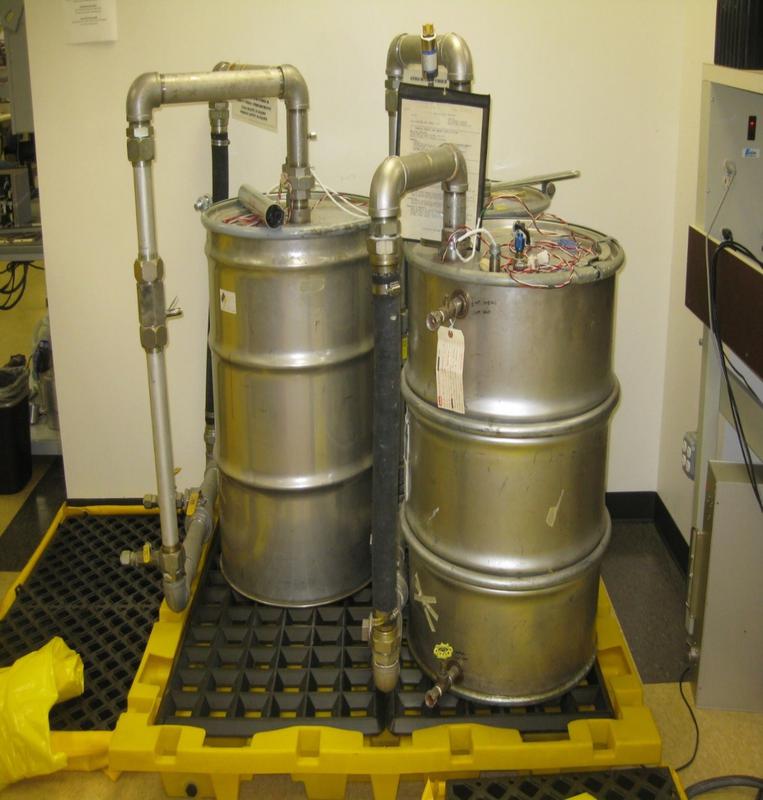Walden prepares Risk Management Plan (RMP) reports for clients operating facilities that store extremely hazardous substances (EHS) or regulated toxic substances at or above certain baseline quantities. These baseline quantities, known as threshold planning quantities (TPQ), have been established for each individual hazardous substance by the U.S. Environmental Protection Agency (USEPA). Walden prepares RMP reports for facilities including, but are not limited to, electroplating facilities, automotive shops, dry cleaners, industrial and commercial businesses, laboratories, hospitals and utilities. The purpose of the RMP is to safeguard the surrounding communities, workers and emergency response personnel from hazardous substances, EHS and regulated toxic substances, by minimizing the harm posed by a potential release of such substances.
Typically, the following steps are performed when preparing a RMP:
- Site Inspections: Walden engineers perform site inspections in order to determine the following items:
- Outlines of buildings and areas within the property, including property lots, internal roads, alleys and streets adjacent to a facility.
- Layout of adjacent properties such as commercial or residential institutions and public institutions, within one-half mile of the facility.
- Layout of all storage areas for EHS’s and regulated toxic substances, and turn-off valves for water, electricity and gas.
- Layout of fire rated corridors within the building.
- Layout of nearest fire hydrants, mains and cross connects, pressure/gravity tanks and water bodies.
- Layout of all sewers, transformer vaults, high voltage lines, air conditioning intakes, tunnels, bridges, railroads and subways within 200 feet of the facility.
- Risk Assessment: This step involves the evaluation and documentation of the following aspects at the facility, based on site inspections, discussions with the facility owner and analysis of the information gathered at the facility:
- Maximum amount of an EHS and/or regulated toxic substance that would be released to an off-site area during a worst-case scenario.
- Possibility and effects of a significant accident release.
- Significant accidental releases over the last five years.
- Applicable engineering and administrative controls for hazards of facility operations.
- Risk Reduction: This step involves the evaluation and documentation of the following aspects at the facility, based on site inspections as well as discussions with the facility owner:
- Standard operating procedures at the facility.
- Alternative substances/equipment that can be implemented to eliminate or reduce the use of EHS’s or regulated toxic substances in facility operations.
- Preventive maintenance program for facility operations.
- Impact of proposed procedural changes in facility operations on the likelihood of a significant accidental release.
- Pre-start up safety review of proposed procedural changes in facility operations.
- Safe work practices at the facility.
- Emergency Response Program: This step involves the documentation of the following aspects at the facility, based on discussions with the facility owner:
- Employees’ designated response duties.
- Emergency response, personal protective and mitigation equipment.
- Procedures for reporting of fires and other emergencies.
- Emergency evacuation procedures.
Based on the information collected through site inspections, discussions with the facility owner and review of facility manuals, Walden also provides recommendations in the RMP on safer work practices that can be implemented to improve the management of hazardous substances as well as minimize the potential risk of accidents. The prepared RMP report is submitted to New York Department of Environmental Protection (NYDEP) by Walden, on behalf of the facility.

